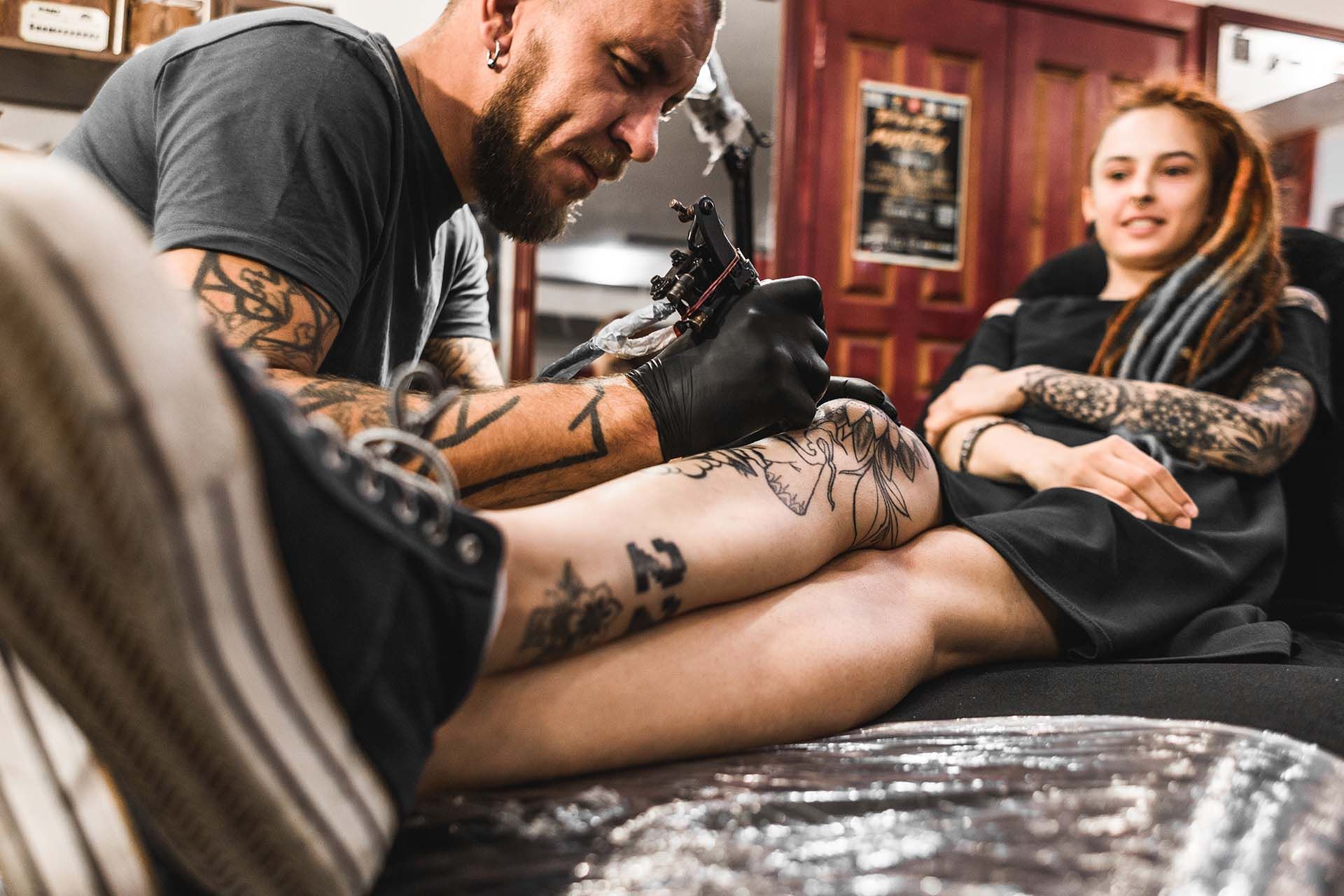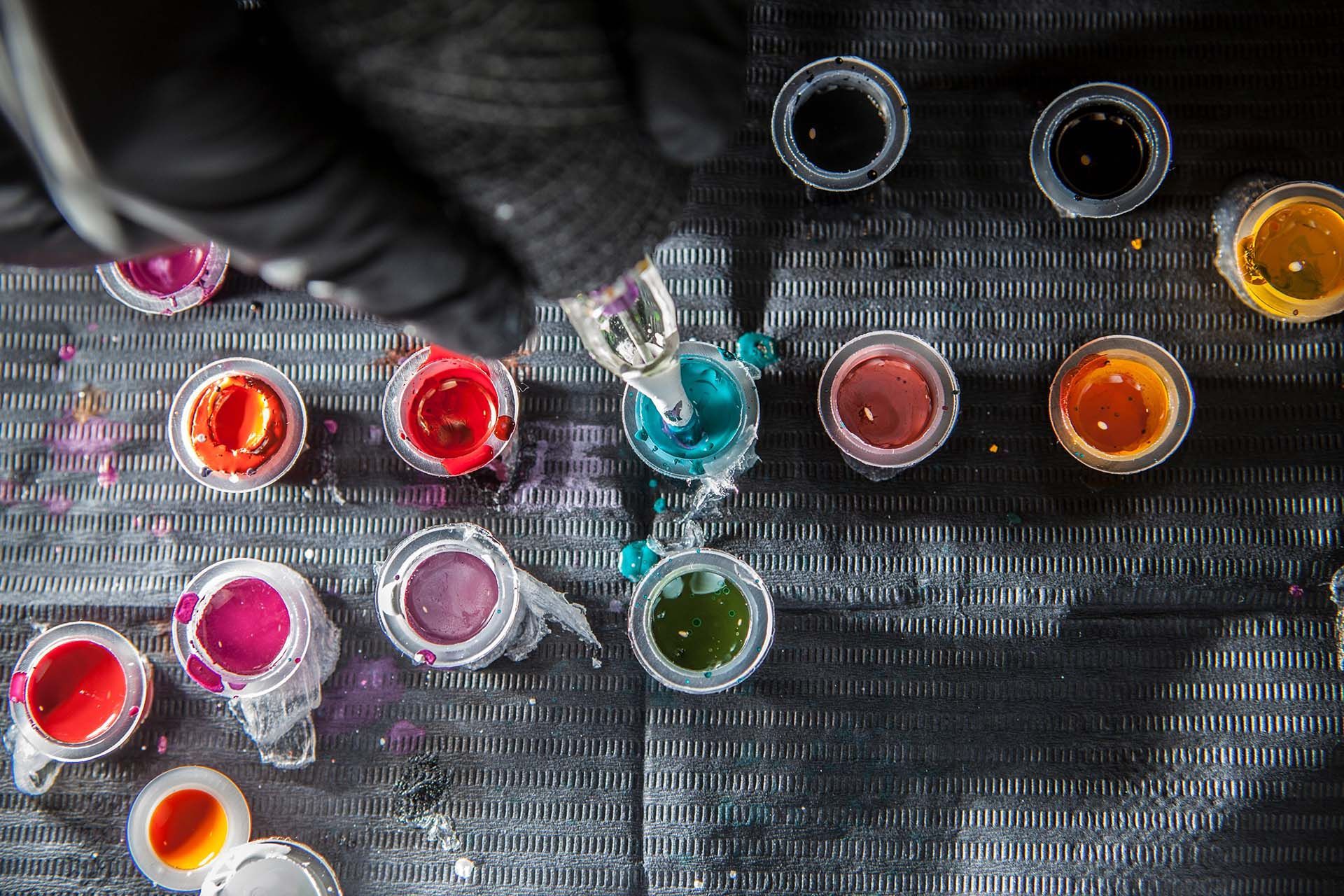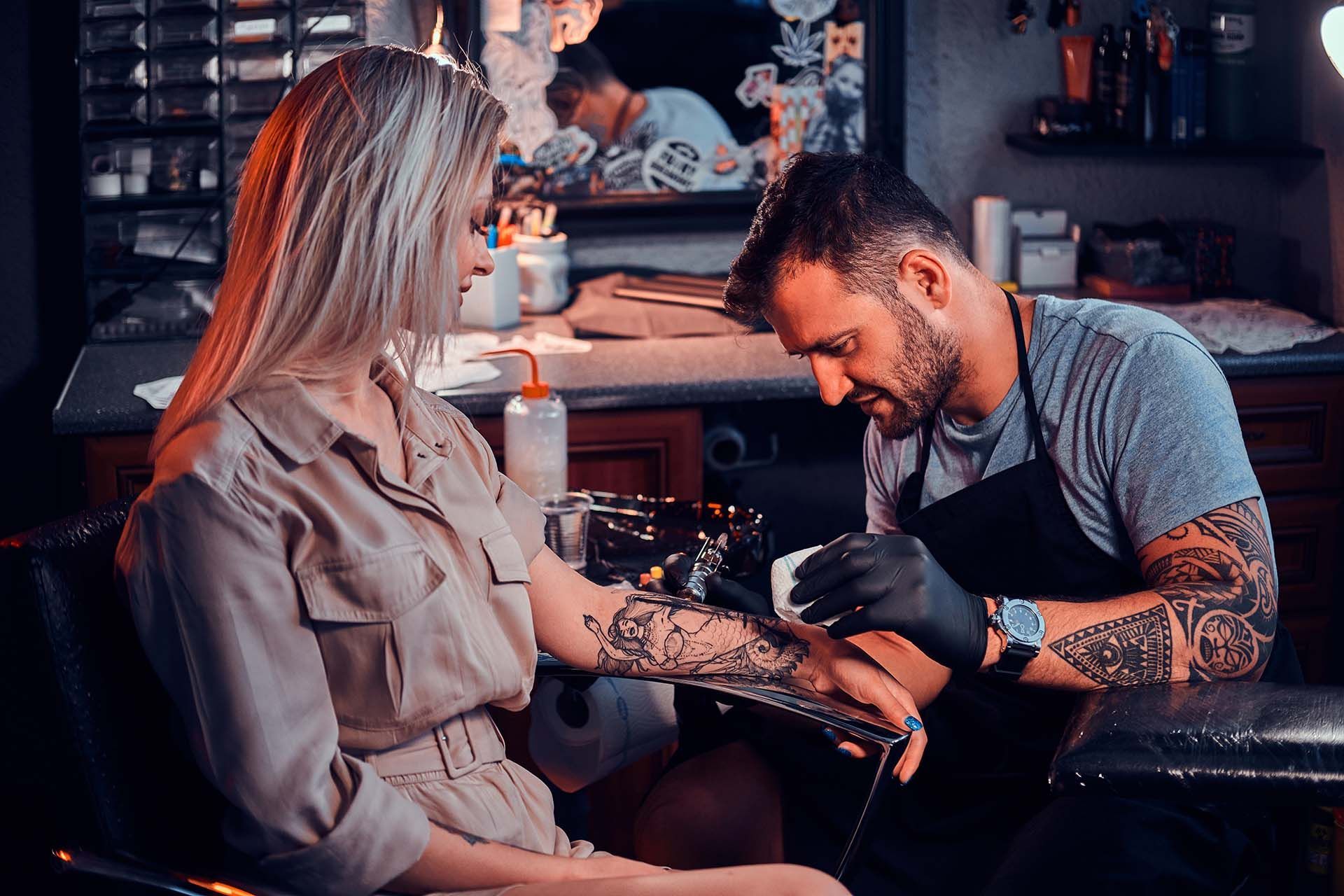Tattoo Healing Process: What Advice You Should Give to Clients
As a tattoo artist, you know that the work isn't over once the last line is inked. A critical part of your role is to guide your clients through the healing process. It's about giving them clear advice on how to care for their tattoos, ensuring the best possible healing. So, what advice should you give clients? Let's take a look at the key information you should share.
The Importance of Discussing Healing Timelines with Clients
For starters, it's essential to set realistic expectations for your clients about the healing process. The time it takes for a tattoo to heal can vary widely, influenced by factors like the tattoo's size, its location, and the individual's skin type and overall health. Generally, the surface of a tattoo heals within 2 to 4 weeks, but it's important to note that the deeper skin layers could take up to six months to fully recover.
Explaining this to clients is crucial because it helps them understand that healing is a gradual process and varies from person to person. Stressing the need for patience and proper aftercare during this period is key to ensuring the tattoo heals well and maintains its intended appearance.
Tattoo Healing Stages
Understanding the stages of tattoo healing can help clients know what to expect and how to care for their ink at each phase.
Days 1 to 3: Inflammation
In the first few days after the session, it's normal for the area to be red, swollen, and tender. This is the body's natural response to the needle piercing the skin. Advise clients to keep the tattoo clean and avoid touching it with dirty hands. Also, advise them to wear loose, breathable clothing over the tattoo to prevent irritation and to avoid swimming or soaking in a bath during the initial healing period. Moreover, they should follow any specific care instructions you provide, such as keeping the tattoo covered with a bandage for the first few hours.
Days 4 to 14: Visible Recovery
During this stage, the tattoo starts to scab and peel. It's crucial to inform clients not to pick at the scabs or scratch the area, as this can damage the tattoo. Here, moisturizing is critical - a fragrance-free, hypoallergenic lotion can be applied to keep the site hydrated. Additionally, encourage them to continue keeping the area clean and to avoid submerging the tattoo in water, which can impede the healing process.
Days 14 to 30: Invisible Recovery
By this time, the outer layers of skin will have healed. The tattoo may appear fully healed, but the deeper layers are still being repaired. It's best to advise clients to continue moisturizing the area and protect the tattoo from prolonged exposure to the sun. This is a critical time as the tattoo is still vulnerable to damage from external factors.
How to Know if the Tattoo is Not Healing Properly
The other vital information clients should be aware of is signs that indicate a tattoo isn't healing correctly. These include excessive redness or swelling lasting more than a week, foul-smelling discharge, severe itchiness or rashes, and persistent pain. If they notice any of these symptoms, advise them to consult a healthcare professional immediately, as these could be signs of an infection or an allergic reaction.
Guiding Clients to Perfect Healing
At the end of the day, remember that your influence as a tattoo artist goes far beyond just laying down ink. It's about guiding your clients through the entire healing process with clear and comprehensive advice. Doing this not only helps ensure that their tattoos look great for years but also shows your dedication to their overall experience and satisfaction. And perhaps the best part is that a tattoo that heals well is a reflection of your expertise and attention to detail!
Disclaimer: This publication and the information included in it are not intended to serve as a substitute for consultation with business consultants and professionals. Specific business, financial, legal issues, concerns and conditions always require the advice of appropriate professionals. Any opinions expressed are solely those of the participant and do not represent the views or opinions of this company.










